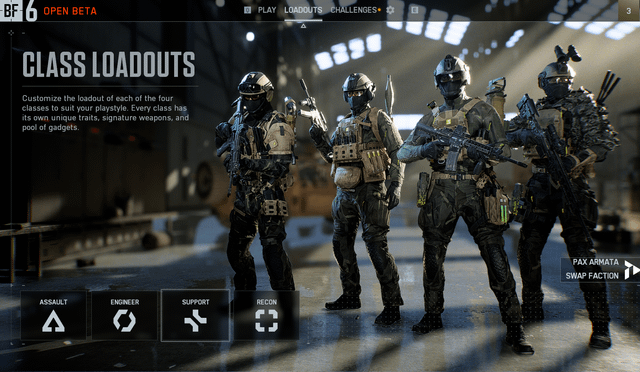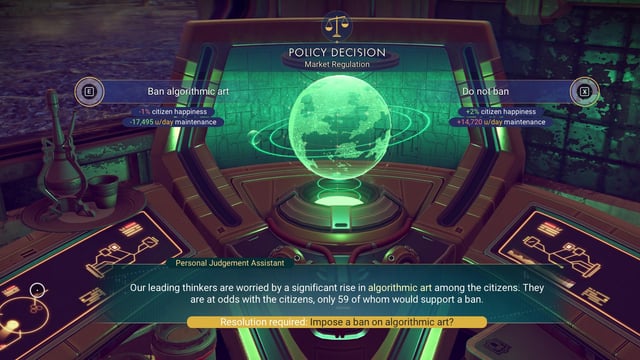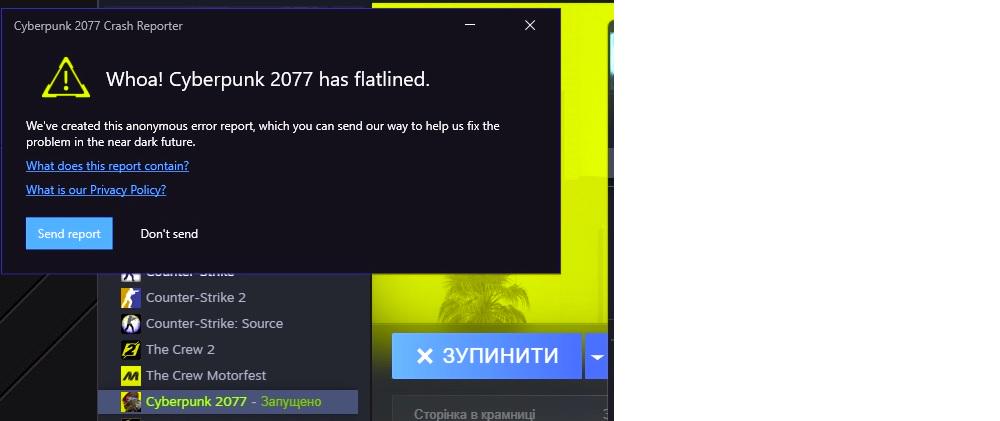VACnet 2.

Valve's Counter-Strike 2 arrived with a promise: a fair playing field, free from the scourge of cheaters. Central to this promise is VACnet 2.0, the latest iteration of Valve's anti-cheat system, powered by artificial intelligence. However, the initial excitement has given way to growing unease. Reports of false positives – innocent players being wrongly banned – are surging, and the community is raising serious questions about privacy. Are we sacrificing too much in the fight against cheating? As KernelPanic (Alex Ramirez), a former Counter-Strike: Source server operator and anti-cheat mod developer, I've been following these developments closely. "As someone who's spent years fighting cheaters and safeguarding servers, I'm deeply concerned about the current state of VACnet 2.0. The potential for abuse and the impact on innocent players is alarming," I believe that it is time to scrutinize how Valve is implementing VACnet 2.0.
KernelPanic's CS: Source Anti-Cheat Experience
My journey into anti-cheat started back in the Counter-Strike: Source days. Running a public server meant constantly battling cheaters armed with aimbots and wallhacks. This led me down the rabbit hole of Metamod and Sourcemod, powerful tools for extending the game's functionality. I learned a lot through trial and error. Community-driven anti-cheat efforts were really crucial in that era, because we had to solve the problem ourselves.
Back in Source, I built a Sourcemod plugin using Metamod scripting that detected unusual mouse movement patterns by analyzing the rate of change of yaw and pitch. It wasn't perfect – it occasionally flagged players using low sensitivity – but it helped catch a lot of aimbotters. The key was transparency – players knew what was being monitored, and false positives were quickly addressed by server admins. If someone was flagged, we could spectate and investigate, make a decision, and adjust the plugin accordingly. This transparency is precisely what's missing with VACnet 2.0.
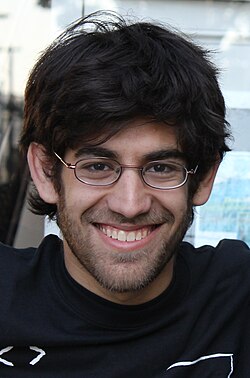
VACnet 2.0: A Black Box?
The biggest problem with VACnet 2.0 isn't necessarily its effectiveness, but its opaqueness. Valve hasn't revealed much about how it actually works. We know it's an AI-driven system that learns from player behavior to identify potential cheaters. But that's where the details end. How does it define "cheating behavior"? What data points are used? What's the threshold for issuing a ban? These are all crucial questions that remain unanswered.
AI-driven anti-cheat systems work by analyzing vast amounts of data to identify patterns associated with cheating. The AI is trained on data, often examples of confirmed cheating incidents. It then looks for these patterns in live gameplay. The risk here is that if the training data is biased, the AI will also be biased. This could lead to false positives, targeting players who simply have unconventional playstyles or high skill levels.
The Counter-Strike 2 community has voiced concerns about VACnet 2.0 targeting professional players who use uncommon aiming techniques. Without transparency, it's difficult to know if these bans are legitimate or the result of a flawed AI. Furthermore, there's a perceived lack of recourse for wrongly banned accounts. The appeal process is often opaque, with little to no explanation provided.
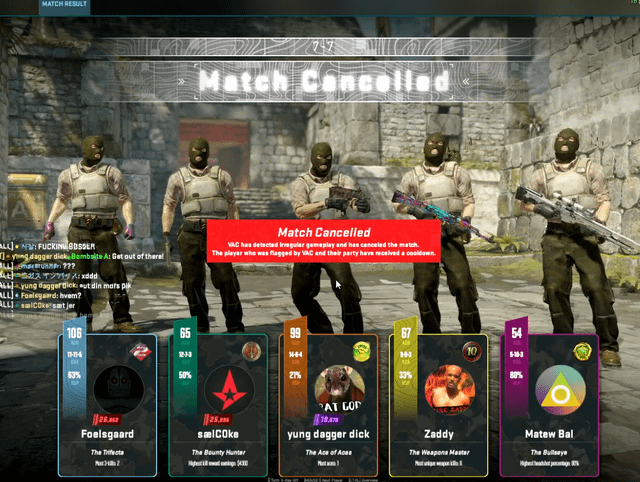
The privacy implications are equally concerning. To effectively detect cheating, VACnet 2.0 likely collects and analyzes a wide range of player data, including mouse movements, keyboard inputs, game settings, hardware configurations, and even voice communication patterns. Where does that data go? How is it stored? Is it anonymized? Could it be used for other purposes? These questions need answers.
The lack of transparency around VACnet 2.0 invites comparisons to other controversial AI systems, such as facial recognition software used for surveillance. The potential for misuse and abuse is real. Valve needs to demonstrate that it's taking user privacy seriously and implementing appropriate safeguards.

The Cybersecurity Perspective
From a cybersecurity perspective, the VACnet 2.0 situation raises several red flags. Data security and user privacy are paramount, and ethical AI development demands transparency and accountability. Valve has a responsibility to protect player data and to ensure that VACnet 2.0 is used fairly and responsibly.
Valve should implement stricter data anonymization policies, such as differential privacy, to protect user identities. This involves adding "noise" to the data to prevent individual players from being identified. Providing players with more control over what data is collected, similar to GDPR compliance, would also be a welcome step. An opt-in system for data collection, perhaps with in-game rewards for participation, could incentivize players to contribute data while respecting their privacy.
Another solution could be implementing a "sandbox" environment where VACnet 2.0 can be tested on anonymized player data. This would allow Valve to fine-tune the system and identify potential biases without risking the wrongful banning of innocent players. Regular audits of VACnet 2.0's performance, conducted by independent cybersecurity experts, would also increase transparency and accountability.

Call to Action
It's time for Valve to address the concerns raised by the Counter-Strike 2 community and work towards a more transparent and fair anti-cheat system. Transparency is key to building trust. Tell us how VACnet 2.0 works. Show us the data. Give us a clear appeals process.

I urge the XenGamer community to share their experiences with VACnet 2.0 and demand greater transparency from Valve. Ask for aggregate data on ban rates and false positive rates. Let Valve know that we value fair play, but not at the expense of our privacy and the integrity of the game. The fight against cheating is a continuous effort, and it requires collaboration between developers and the community. Let's make sure VACnet 2.0 is a tool for good, not a source of fear and distrust.
